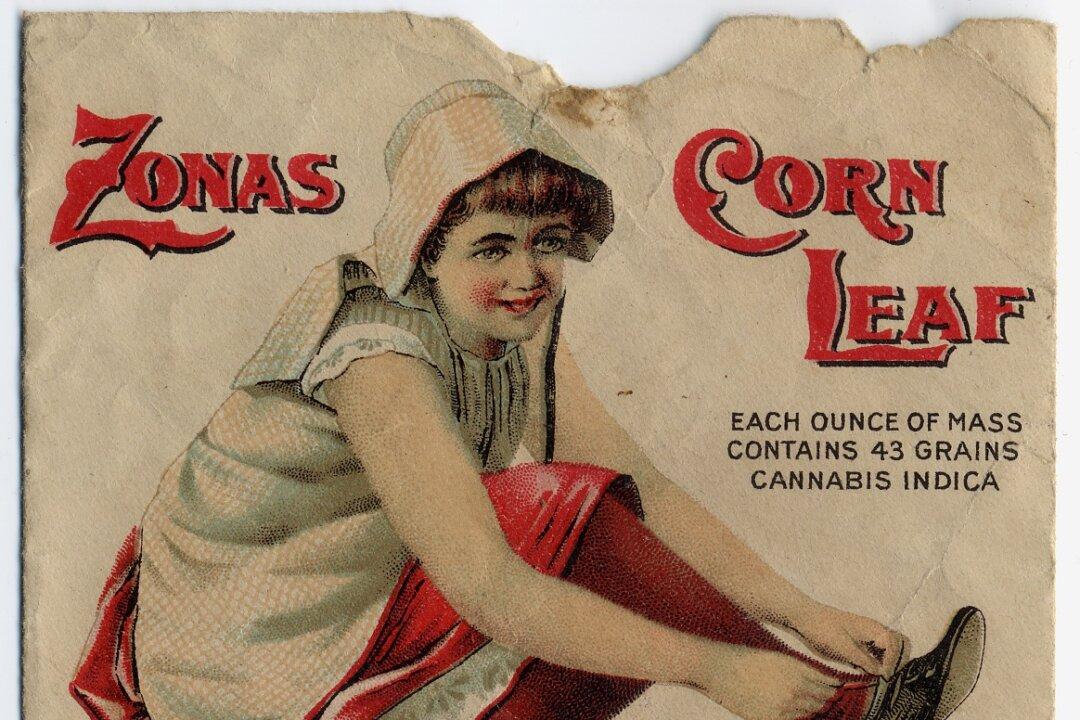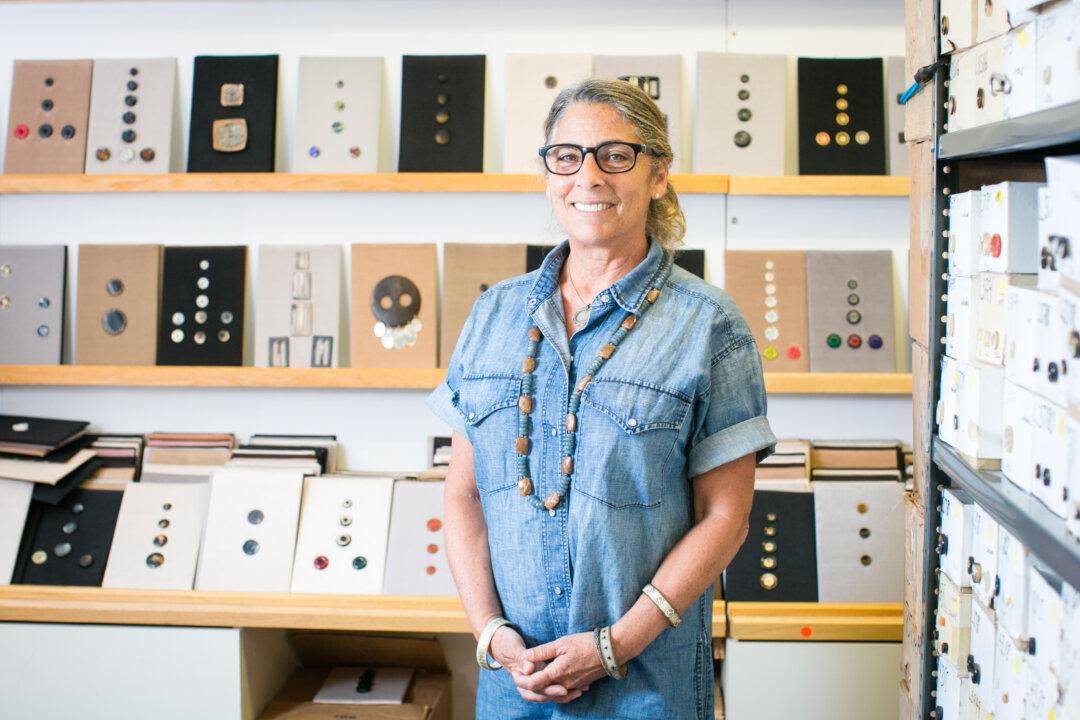NEW YORK—Liquid emotion is how industry critic and author Michael Edwards describes fragrance.
And there has never been a better time to go shopping for fragrance. Commercial brands that used to make a big splash in the fragrance market have been getting increasing competition from niche luxury brands. The response from beauty giants like L'Oréal, Coty, and Estée Lauder has been simple: If you can’t beat them, buy them up.
What does this all mean to us consumers?
In the world of personal fragrances, we now have greater possibilities of connecting our ever-fleeting feelings with something material that communicates our state of mind to others around us. Emotion is also what marketing companies clamber to tap into so that the algorithms that record our every internet product search can seamlessly provide us with our hearts’ desires.
Now, more then ever, consumers want more—more choices, more information, and a more customized experience when they shop online and in stores.
Personalize
Celine Barel, perfumer at International Flavors & Fragrances Inc., whose latest creation, Norell Elixir, will be launched in August, thinks that what is happening in the fragrance industry is a reflection of what is happening in society: “It’s the same trend with movies, with ready-to-wear fashion; everything is going very fast, and consumers are craving to discover something new every single time they are shopping,” she told the Epoch Times in a recent interview.




